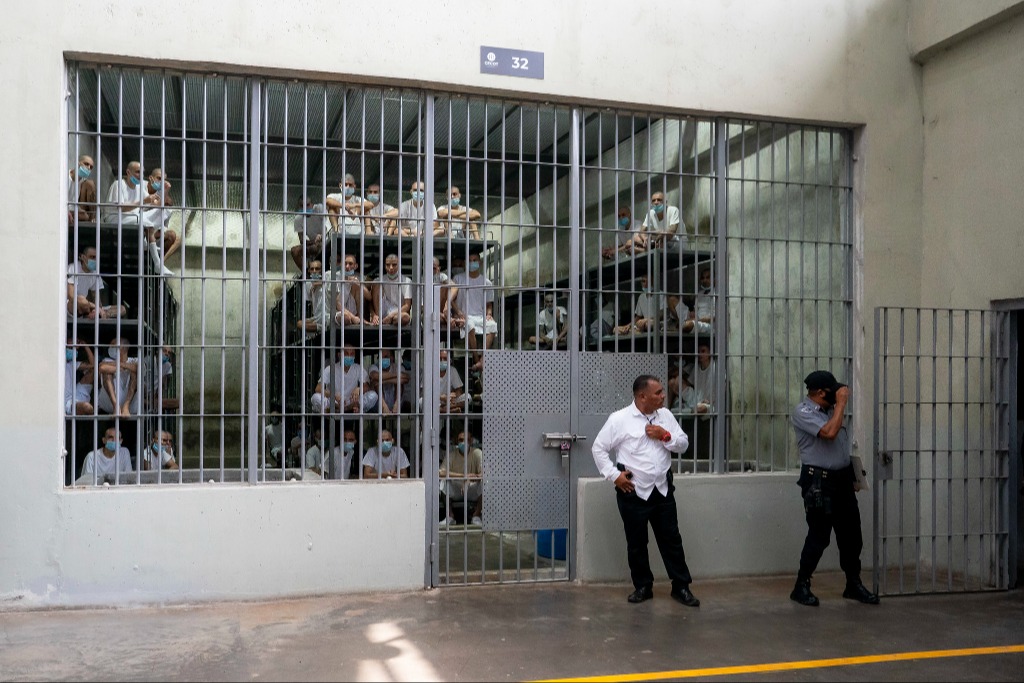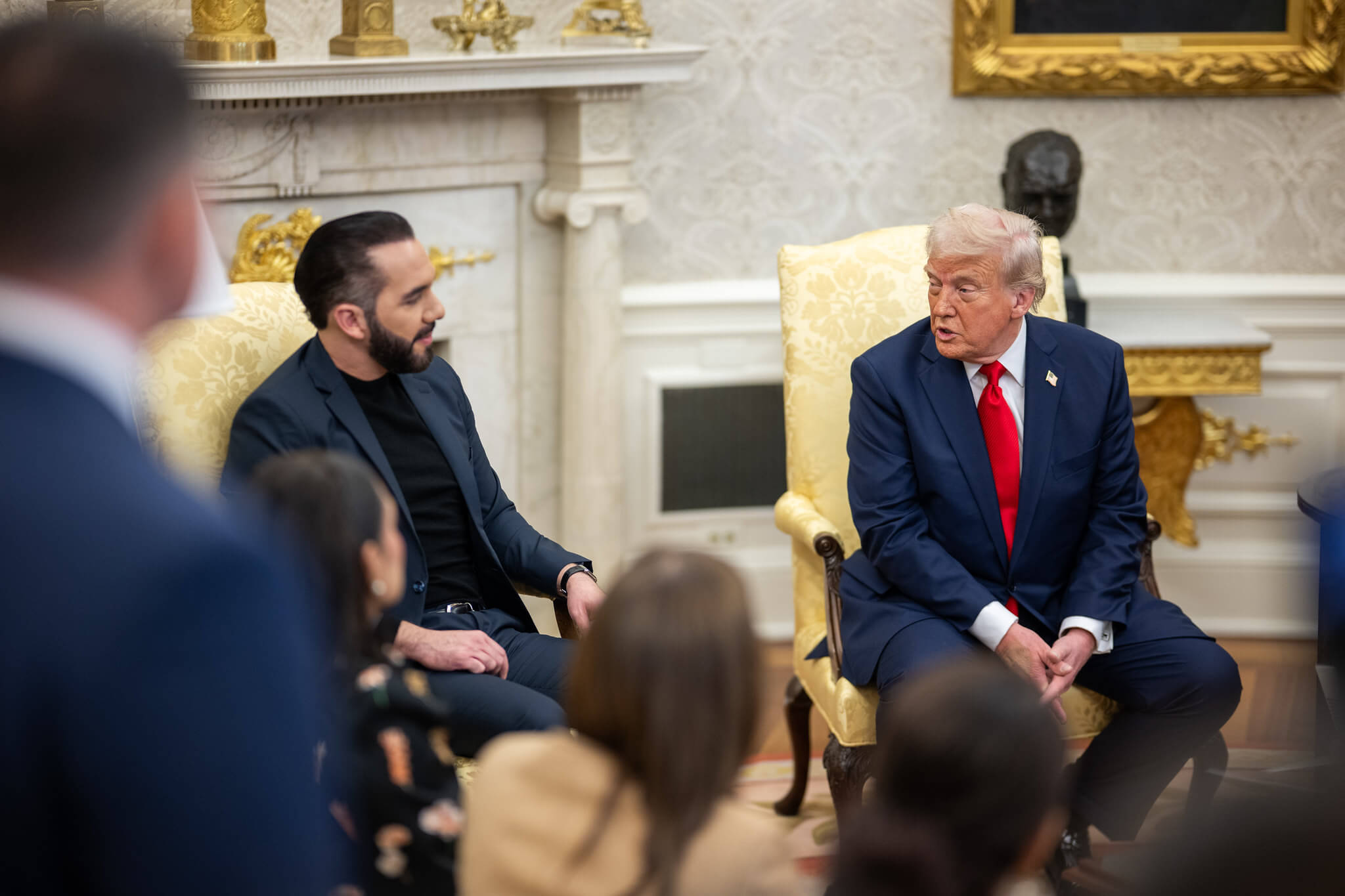Iran Convulsed by Economic Protests
At least 12 people have been killed amid nearly a week of protests throughout Iran. Thousands of Iranians have taken to the streets, spreading from a march in Mashhad, Iran’s second-largest city, on December 28, to rallies across the country.
Published by The Lawfare Institute
in Cooperation With

At least 12 people have been killed amid nearly a week of protests throughout Iran. Thousands of Iranians have taken to the streets, spreading from a march in Mashhad, Iran’s second-largest city, on December 28, to rallies across the country. The protests started as a response to the stagnating economy and followed the Rouhani administration’s latest budget proposal, presented on December 10. A call for marches circulated on the app Telegram billed the theme as “No to high prices,” but protesters quickly escalated to chanting anti-government slogans, including “death to Rouhani” and “death to the dictator.” Rallies have now spread to at least a dozen cities, including Tehran, and prompted clashes with security personnel.
The protests are the largest in Iran since the 2009 Green Movement, which was a reaction to apparent election fraud in the country’s presidential election; those protests were concentrated in the capital and quickly gained the support of opposition politicians. The current protests are—so far—smaller, and the motivations and leadership more diffuse. They’re about the country’s weak economy, but also about the country’s leadership and foreign entanglements. "Not Gaza, not Lebanon, my life for Iran," some protesters chanted; others have torn down posters of the president, supreme leader, and Gen. Qassem Suleimani, the face of Iran’s military interventions across the Middle East. The new protests are largely leaderless, organized through social media apps; BuzzFeed’s Borzou Daraghi describes them as apparently “unheedful of and untethered to any of Iran’s political factions or civil society streams.” As a result, Western reporters have found them hard to track. Thomas Erdbrink, Tehran bureau chief for the New York Times, described encountering several small groups clashing with riot police scattered through the city.
The protests have tapped into a simmering popular resentment in Iran. Analysts have warned for years that Iran’s government needs to address its economic stagnation. Vali Nasr wrote in 2014 that the Rouhani administration had a deadline to conclude a nuclear deal quickly to gain sanctions relief in time for his re-election; Rouhani was re-elected last year mostly on faith that the promised recovery was coming, but it still hasn’t materialized. The economy is growing again, according to the IMF, but jobs haven’t followed. The unemployment rate grew last year and now stands at 12.4 percent; the crisis is concentrated among young people, 24 percent of whom cannot find work. The economic pressure is feeding a broader disillusionment with the revolutionary regime. "After 40 years they have realised that all the hardship ... was in vain," Arya Rahmani, a 27-year-old nurse, told AFP. "I'm working in this society but I always have the stress of whether I'm going to be sacked tomorrow ... If I come and say 'Mr Rouhani, I'm an educated person but I'm unemployed'... well, he wouldn't give a damn."
The protests are a striking demonstration of pent up political frustration, but in key respects they appear weaker than the 2009 protests. As Mahsa Alimardani noted from Politico, the protesters’ reliance on Telegram leaves them vulnerable to government monitoring. “Telegram does not provide end-to-encryption by default for its chats,” she wrote earlier this week. “And even when users do enable the app’s ‘secret chat’ function, they are using a encryption protocol that notable cryptographers have criticized as insecure—suggesting that millions of Iranians have likely shared subversive information under the false impression that they were doing so in safety.” The apparently leaderless structure may have its advantages—there is no clear organizational structure for authorities to target—but it is also a liability. Protest movements with far-reaching political goals, like a change in government, usually require the buy-in of political elites to succeed. The protesters on the streets in recent days don’t have that—at least not yet—and as Daraghi notes, “[t]he protesters' lack of any patron within the political elite could lower the cost of using violence against them.” Without politicians willing to defend the rallies, the security services will have more leeway to crack down with impunity.
Things are already taking a violent turn. State media has reported that armed protesters tried to storm military facilities and aired images of vandalized vehicles and a burnt out bank. Protesters in Qahderijan and Kermanshah tried to seize police stations, resulting in a fire in one of the buildings. Eyewitnesses at a protest at Tehran University described armed thugs beating student protesters, and Erdbrink saw riot police armed with water cannons engaging in roving street battles with protesters. The government has arrested dozens of activists on charges including “harsh chanting,” and curtailed access to the internet, and particularly social media. “The government will show no tolerance for those who damage public property, violate public order and create unrest in society,” Rouhani said on Sunday.
The full Middle East Ticker, a weekly recap of the week’s top news stories, will return next week.





